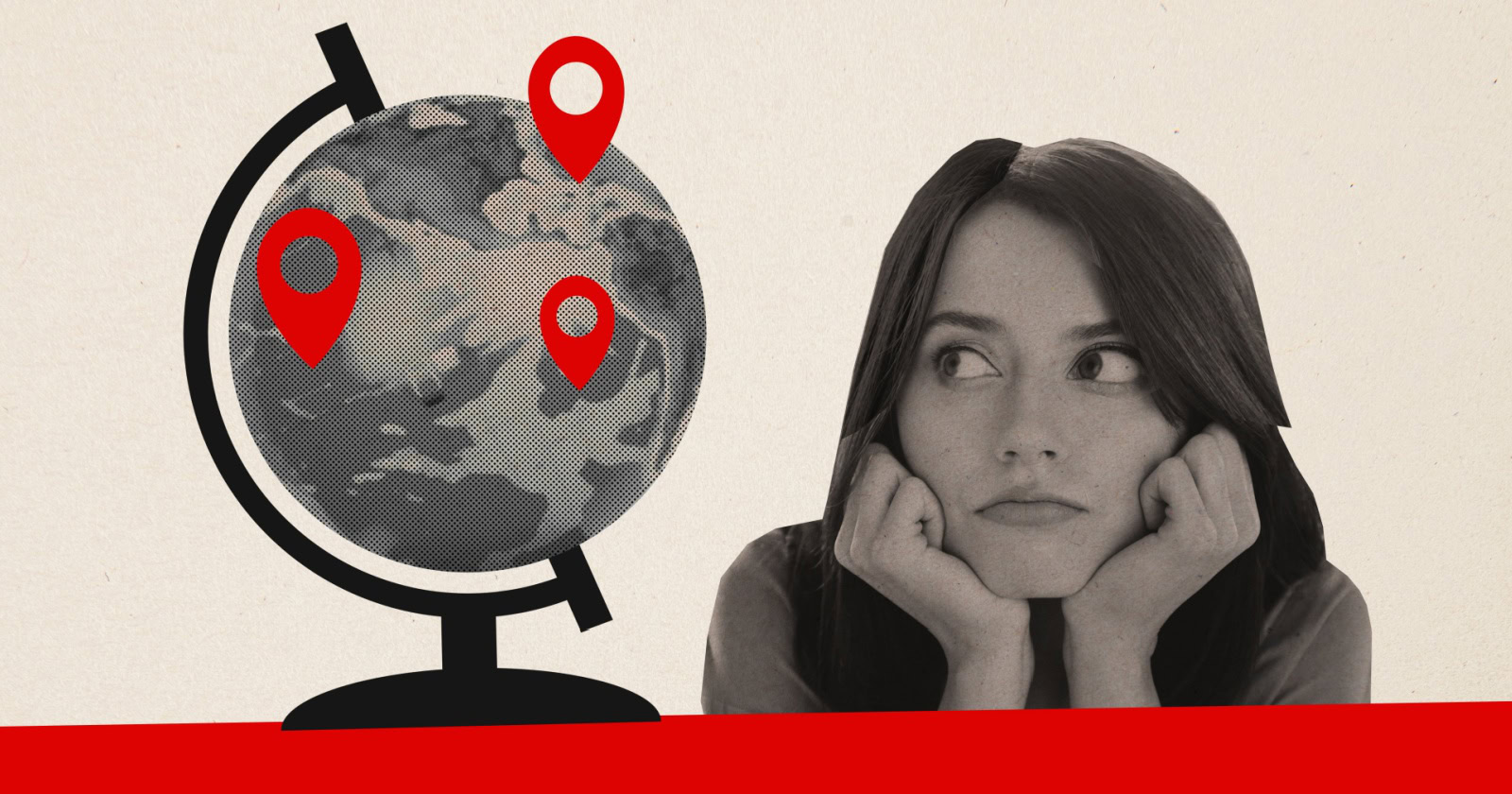Becoming Aflame
Essayist Pico Iyer discusses how sitting in stillness can train us to care for one another in a world on fire. The post Becoming Aflame first appeared on Tricycle: The Buddhist Review. The post Becoming Aflame appeared first on...
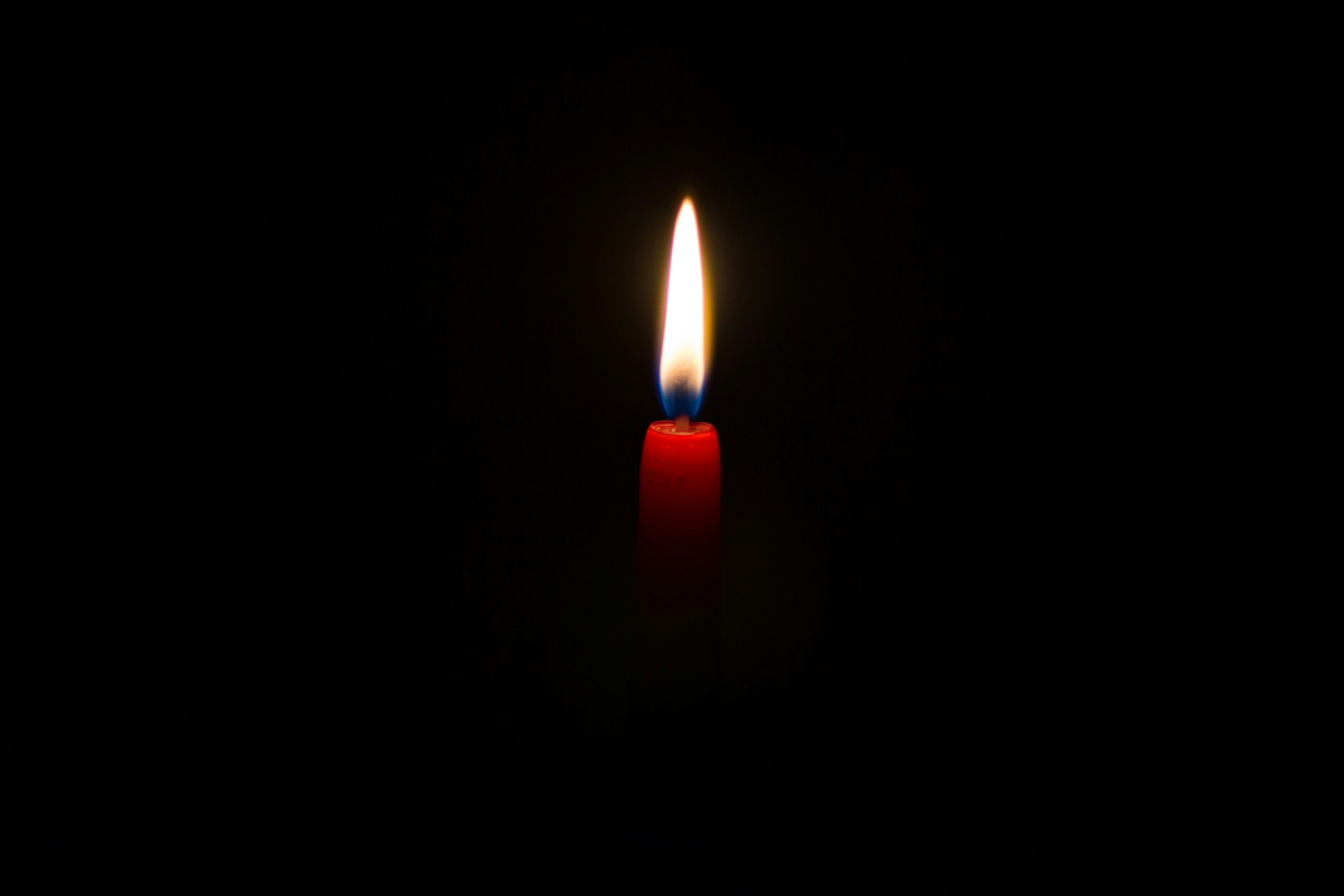
After his family home burned down in a California wildfire in 1990, essayist Pico Iyer found refuge in an unlikely location: a small Benedictine hermitage along the Big Sur coastline. Though Iyer initially arrived looking for a bed to sleep in, he soon found the silence of monastic life transformative, and over the course of the past thirty-three years, he has returned to the hermitage more than one hundred times. In his new book, Aflame: Learning from Silence, he explores the profound insights that come from silence—and how sitting in stillness can train us to care for one another in a world on fire.
In a recent episode of Tricycle Talks, Tricycle’s editor-in-chief, James Shaheen, sat down with Iyer to discuss how silence facilitates letting go of the self, why he sees monastic life as the true counterculture, and what his time at the hermitage has taught him about learning to love in the midst of loss.
To start, can you tell us a bit about the book and what inspired you to write it? To start at the very beginning, one day I was at my family home in the hills of California, and I went upstairs and saw that our house was encircled by seventy-foot flames. I was caught in the middle of a forest fire for three hours. By the time I escaped later that evening, our home and everything in it had been reduced to ash. And so I was left for many months sleeping on a friend’s floor while my mother and I slowly reconstructed our lives.
At one point, another friend came and said, “Come on, Pico, you can do better than this!” He was a schoolteacher, and he told me that every spring he took his high school students up to a retreat house three and a half hours to the north. He told me that even the most fidgety 15-year-old Californian boy only had to spend three days in silence, and something in him cooled down and opened out to the point where many of his students never wanted to come back into the world. I thought, well, what works for a 15-year-old boy is probably ideal for me. And also, if nothing else, I would have a bed to sleep in, a big desk, a private walled garden, a view over the ocean, hot showers nearby, and food laid out all for thirty dollars a night. What was there to lose?
The one drawback from my point of view was that it turned out that this place was a Benedictine hermitage. I had grown up in Anglican England, and I thought I had had all the hymnals and crosses I needed for a lifetime. But, nonetheless, it was a better practical prospect. I drove three and a half hours north; I stepped into my cell, as they call it; and instantly, in that quickening silence, which wasn’t an absence of noise but a presence of something, all the agitation and chatter and distraction that had been filling me on the drive up dissolved. I was just in the middle of a radiant world. In other words, some part of me had been left on the highway below, and I was just taking in the sun on the water and the rabbit on my fence and the bells tolling behind me.
The title of the book is Aflame, and you quote one of the Desert Fathers, who said, “If you so wish, you can become aflame.” So can you say more about what it means to become aflame? Yes. In the Buddha’s Fire Sermon, he says that everything is aflame, and we know right now that the whole world is a house on fire—metaphorically, because all of us are impermanent, but also literally because forest fires are taking down more and more of what we know and love. When I was caught in that fire in the family home, it was the worst fire in Californian history, and probably every year since then, there’s been a worse fire to set a new record.
I think to be aflame in this sense means to be burning with a sense of purpose, clarity, and direction. There’s a chapter in Thomas Merton’s book The Sign of Jonas called “Fire Watch.” Since so many monasteries are old, fragile buildings, every night, a monk has to make sure that there’s nothing to imperil the building. But even more important, he has to make sure that there’s nothing to imperil his conviction, which has to outlast every building. Over the thirty-three years during which I’ve been spending time at the hermitage, often a flame will leap over the ridge behind the monastery, and most of the monks will have to evacuate at high speed, not knowing whether they’ll have a home to go back to. And yet their challenge as monks, as with most of us, is to keep aflame their conviction, their hope, and their optimism and not to let the physical fire make them despair, which I think for Christian monks and for many of us is the very worst sin.
It’s a question everyone is facing, especially as there’s more and more despair in the world: How do you keep hope alive and ablaze when there are so many reasons to have no hope? How do you remain calm in the midst of tumult? It’s a question that many people around the world, I think, are addressing with more urgency than ever.
You mentioned that you visited the monastery more than a hundred times over the course of the past three decades. So could you tell us about this particular monastery and its history? Yes, it belongs to the Camaldolese congregation, which is the most contemplative order within the Catholic Church. The Camaldolese have actually been given a mandate from the Vatican to engage with other faiths, so they spend much of their time interacting with others. So, for example, the prior would regularly lead workshops at the Tassajara Zen Center across the hills, and when I went into his cell, I would see a poster of Jesus in the lotus position.
For me, having grown up in Christian schools, spending time in a monastery involved working my way through a lot of preconceptions or stereotypes, and I think the first and most important was that I had always imagined that monks, having committed their life to a certain belief, would be possessed of the conviction that theirs was the right way and the only way. I quickly saw that the monks I met were the least dogmatic souls I knew, much less dogmatic than I and most of my friends are. For example, when I go and stay with my Camaldolese friends in Big Sur, and I open the brochure that they put in every retreat room desk, the very first page says, “The father of monasticism is the Buddha,” and then it quotes from the Rig Veda. That’s the spirit I think that they exemplify.
The monks open their hearts and open their doors to everybody. They make no demands. It’s not a guided retreat. You are free to do anything you want in those three days. They pray five times a day in the chapel, but you’re not asked to attend those prayers or to read the Bible. I think they’re confident in the knowledge that anybody in silence will find what he or she most needs, which is to say, the deepest part of herself, the part of life and the part of the self that gets lost in the hurry of the everyday—and maybe that part in us that has never been wounded. In other words, there’s some pure space within us that we lose when we’re racing from the bank to the pharmacy, and I think we have to put ourselves in a very silent place to recover it. And so, after thirty-three years spending time with them, I still don’t share their beliefs, and I don’t expect ever to become a Christian, but I’m still so moved and instructed by their actions.
With regard to the silence at the hermitage, you write, “It’s as if a lens cap has come off and once the self is gone, the world can come flooding in, in all its wild immediacy.” So can you say more about this wild immediacy? How does silence facilitate this letting go of self and letting in of the world? That’s probably the central description of the retreat experience for me, and I would stress that the silence I find in any monastery or convent anywhere in the world is not just the quiet of being on a mountaintop or being in a forest; it’s an active silence that has been created by decades of prayer or meditation.
In some sense, I would say that this active, quickening silence brought me to my senses. As soon as I set foot in that little room, I was wide awake. I wasn’t thinking about the world, and I wasn’t fretting about it or fighting against it. I was just suddenly noticing the flowers in the garden and the way the light came up over the hills and the sound of the birds behind me. One of the things that struck me was that the house where my family had been living that had burned down was at exactly the same elevation as the monastery, so there were the same birds singing, the same ocean view, the same stars at night, and I never noticed them.
In meditation, as soon as you can quiet the mind, suddenly you’re hearing the wind through the trees. You’re seeing the light falling on the ground. You’re registering the smells. You’re alive to everything around you. And I find I spend much too much time in my head captive to my chatter, which is only going to go around in circles, and not alive to the world.
A lot of Buddhist teachings say that as soon as your mind is empty, you can be filled with everything around you, and everything around me is likely to be wiser and deeper and more enduring than I am. So what a relief, when I go there, to be free of Pico and to be free of my little plans and agendas and ambitions and to feel myself filled up with the silence and light and occasionally tolling bells.
Meditators can sometimes be accused of navel-gazing, but as an example of how silence can actually improve your ability to be in relationship with others, you note that when you visited your mother in the ICU, you realized that the only thing that could sustain her and you would be whatever you’d gathered in stillness. So how does silence help you in these moments of crisis? I think it gives you clarity. It gives you a certain degree of collectedness that you might not have otherwise. And it gives you a sense of the larger picture that we are tiny things in time and space within this much larger picture. This doesn’t necessarily remove the suffering, but it allows you to better understand it, and maybe to be less fixated on it.
The other thing that’s very important is that when I’m in silence, I sometimes feel much closer to my loved ones than when they’re in the same room. My wife is across the room from me now, but I’m talking to you, I’m not present with her. We’re sharing the same space, but we’re not necessarily sharing our full beings. The beauty of actually stepping away from the world for me is remembering what I care about and then trying to come back into the world to do more justice to the people I love and the things that are most important.
Faith isn’t a journey beyond doubt; often it’s a journey into the wilderness and into the midst of doubt.
When I first went to this monastery, I just rejoiced in the heaven and the radiance of the solitude. The longer I’ve stayed there, the more I see that the solitude is a gateway to a richer and deeper and more directed sense of compassion. Of course, when I stay with the monks within their enclosure, I find the opposite of solitude and the opposite of silence, because they’re working around the clock to ensure that I and the other guests are comfortable. Their lives are all about tending to one another and tending to every guest. It’s about service, essentially.
I don’t think that, as somebody who likes solitude, I had quite understood before how solitude is only a means to the far more important end of serving everybody else. I often think back on the fact that I never expected I would get married, and it was only by spending two weeks alone in my cell in the monastery one spring that I decided I had to get married. In other words, it was that time alone that taught me I’m never alone, and it was that time alone that told me to go back into the world and really try to give myself to somebody else instead of cocooning myself within my solitude.
You write that every day in silence is an incarnation. What do you mean by that? To begin with, the first thing I do whenever I go to the monastery is take off my watch because I’m no longer living in clock time, or chronos, as the Greeks called it; I’m living in a sacred time, kairos, that very different calendar based on the moments that really affect you rather than just the passage of the hours.
Every day there seems to last a thousand hours, and of course, every day you go through so much if you’re in undistracted quiet by yourself. There are storms; there is radiance; there are fears and doubts. I’ve come to know some of the monks very well, and they’ll come to my little trailer and share their fears and their frustrations. It’s a reminder that faith isn’t a journey beyond doubt; often it’s a journey into the wilderness and into the midst of doubt.
I can’t deny that sometimes when I go to the hermitage, there’s a tremendous storm shaking the fragile foundations of the little wooden building in which I’m sitting, and the rain is beating down on the roof all day long, and in the mist all around me, I see no sign of human habitation. It’s a very fearful and lonely place, as any day in the wilderness would be. I always feel with those storms, and more deeply, with the shadows and demons within myself that come out, I would much rather confront them in the quiet and safety of that silence than when I’m driving along the freeway or when I’m in a crowded room. They’re going to be there whatever happens, and I’m going to have to live with them and face up to my traumas and my deficiencies wherever I am. But the safety of silence seems to be the most benign and clement atmosphere in which to confront them.
You also write about the friendships you develop at the hermitage and the kindness and compassion you witness among the monks. Could you tell us more about the community you found in silence? How is it that you feel close to people when you’re at the hermitage? And how does this help you to care for others? Initially, I got to know a lot of the monks quite well because they invite guests to come and join them for Sunday lunch. Later, they invited me as a regular guest to stay with them in their enclosure many times over, and so they became very intimate friends. As you know from when you go on retreats, there’s a very special quality when two people are living in silence. What comes out of them comes from the depths. Maybe we’d just exchange one sentence, but I would live with the sentence that I heard from a monk for many days to come, and one sentence can speak more powerfully than fifteen or twenty-one sentences.
One beautiful surprise, which really took me aback, was that whenever I met a fellow retreatant along the monastery road, sometimes we’d stop and talk for about three minutes, and I would feel closer to this stranger than to some of my best friends. And that’s because, partly, we were both speaking from the deep. We were speaking only about essential things. I didn’t know what her background was, which college she’d been to, what she was doing in the world—we were freed of all that extraneous clatter, and we were just two souls who had sought out silence reflecting on the light above the water, or the tolling of the bells, or what had brought us here. We would just talk instantly in the most intimate way. I’m sorry to say that in my regular life, if I meet a stranger along the street, I never have encounters like that.
Part of the beauty was that this became a very sociable place for me, and whomever it was that I interacted with, my interactions felt as if they would live in me for life. I quickly felt these were people that I could trust and these were kindred spirits because they had come all this way to this remote place in the Californian wilderness to seek out silence. They are joined to me by something that’s right at the heart of us, the most important part of us, which is drawn to the silence and which is also awakened in the silence.
I think I came to see that this monastery, like all monasteries and convents, wasn’t just a school of love, as St. Benedict had wanted his monasteries to be, but also a center of trust, and that maybe this was part of the liberation there: I could trust everything when I went there, even myself, because it wasn’t my lowest daily self; it was some intuition that was guiding me, something inside me that’s wiser than I am. And so even though there are mountain lions prowling around and fires often on the way to encircle the place, one feels absolutely calm there. I trust myself, I trust my instincts, and I trust everybody I meet, because we’re all trying to come in contact with the purest part of ourselves, and there’s a sincerity and sweetness of intention there that clarifies much of what otherwise gets lost.
You write that you spend time with monks and nuns because “they’re giving themselves full-time to the essential practices: learning how to love in the midst of loss and how to hope in the face of death.” So how have you learned from their example? When I first went to the monastery, at some level, I wanted to know how to live. I felt that just as I take my car into the garage if something’s wrong with it, and I take my laptop to the Apple Store if I need an expert to fix it, if something’s broken in myself, I turn to monastics, who are experts in the business of living. So I went there to learn a little bit better how to live. And then, as I spent time there, I found, to my surprise, I was learning a lot about how to love. Because the practice of solitude is really a means to taking deeper and better care of everyone around you.
Then I saw that since I was in a community run by elderly men often not in the best of health, they’re learning how to die. As the years went on, I began to think, how can thinking about learning how to die help me to live better? I also began to see that if you can sense something that feels out of time, it makes you a little less afraid of death. I know Buddhists live with a keen sense of impermanence, and even the understanding of impermanence perhaps makes you a little less scared of death.
Later, as I started actually living with the monks, I saw that even harder than learning how to die was learning how to tend to the dying, because here are fifteen elderly men in an enclosure who have lived together for forty years. They’re getting sick all the time, and they have to lead their brothers into the other world or into the last breath and into what looks like oblivion.
Seven of the last eight years, this monastery has been cut off entirely from the world: three times by winter storms, two times by fires, and two times by Covid. It’s a very isolated place, and when an elderly monk gets ill, he has to be helicoptered out to a faraway hospital, and then the prior of the community will drive five hours every single night to tend to his dying brother. At one point, I quote one of the ailing monks saying that the prior was a very good mother. These monks are actually mothers to one another, which is a very touching thing.
Witnessing all this helped me take some of this wisdom back to my own mother, who was entering the last few seasons of her life. It made me think more about what I want to do right now, given I’m not going to last forever. And it also helped me with my questions about how to live, because I changed my life in the light of this, and with questions about how to love, because that was the door that was opened to me by what I saw.

 AbJimroe
AbJimroe 








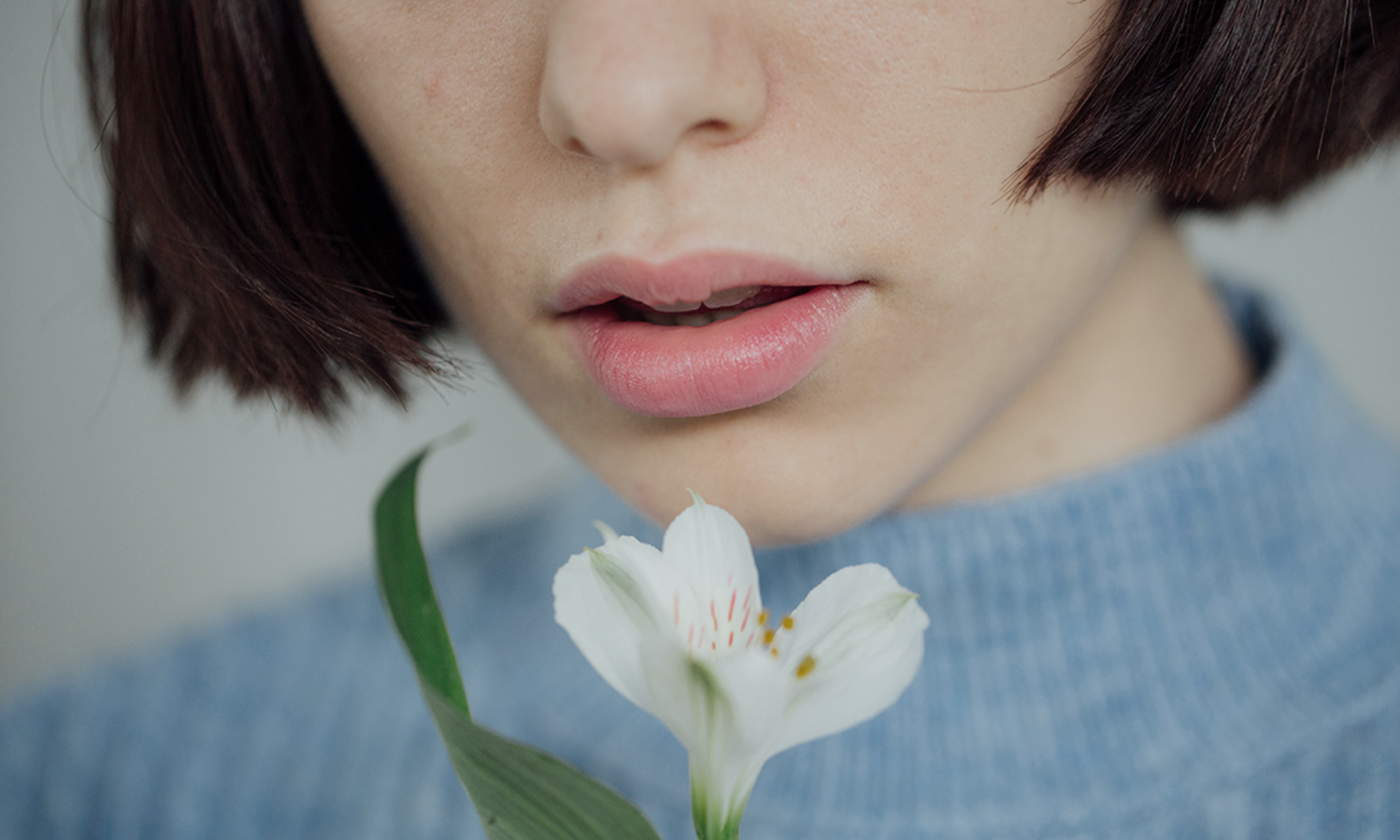


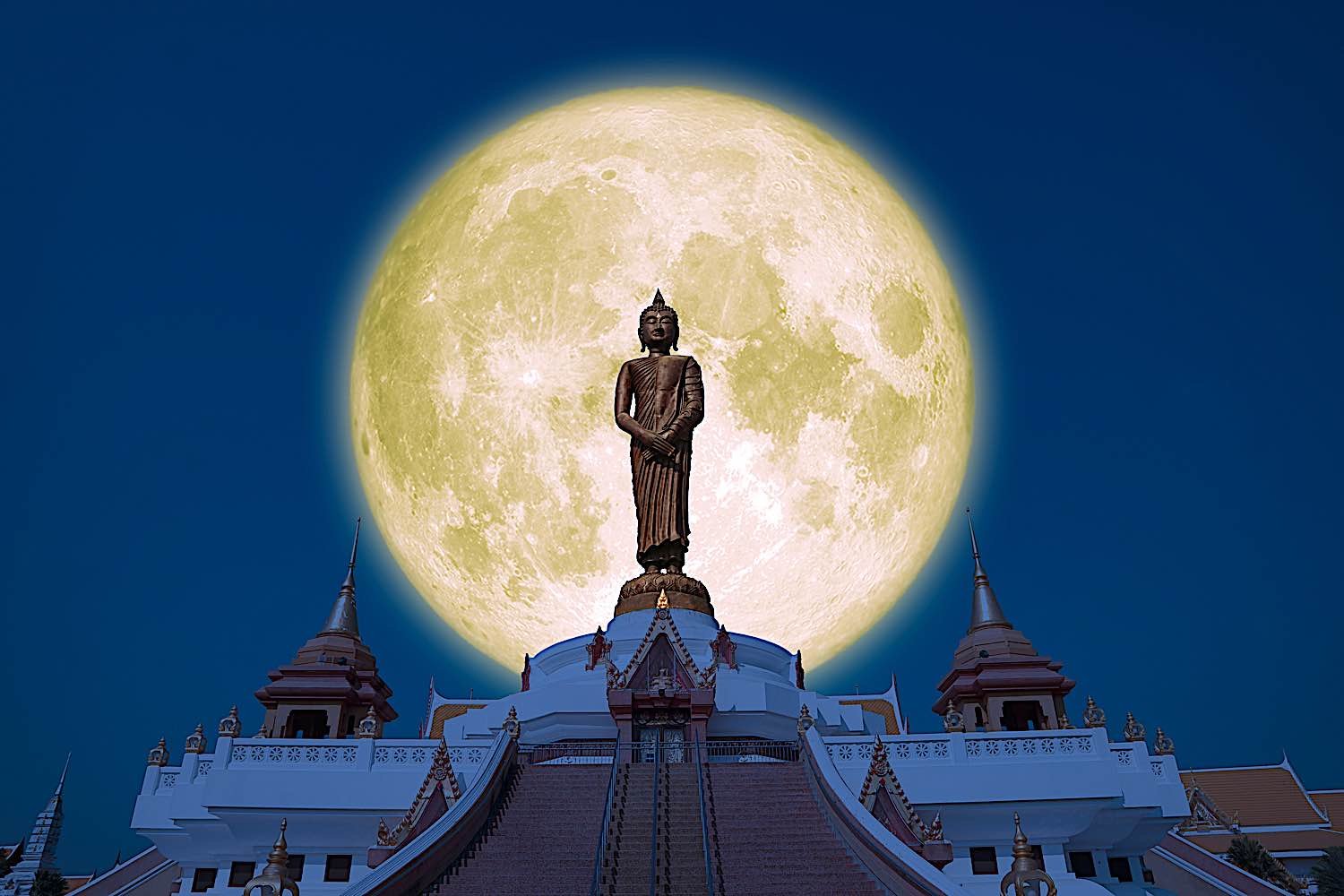







![The 2026 AI Search Benchmark Every SEO Leader Needs [Webinar] via @sejournal, @lorenbaker](https://www.searchenginejournal.com/wp-content/uploads/2025/11/1-259.png)

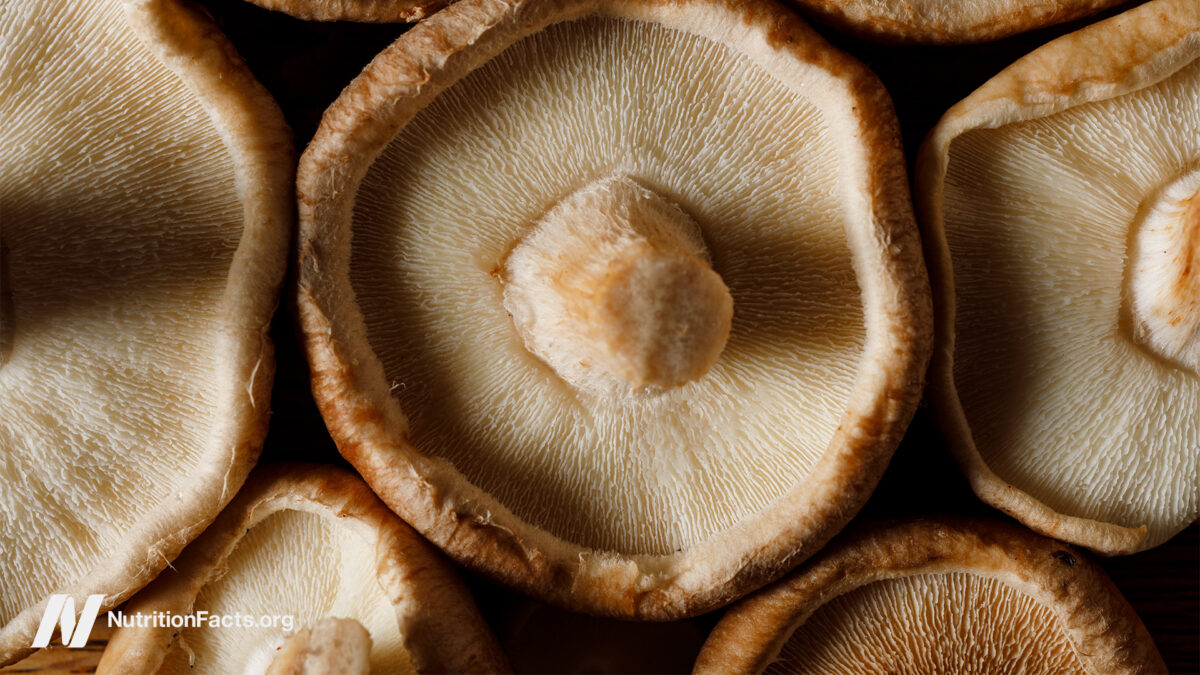
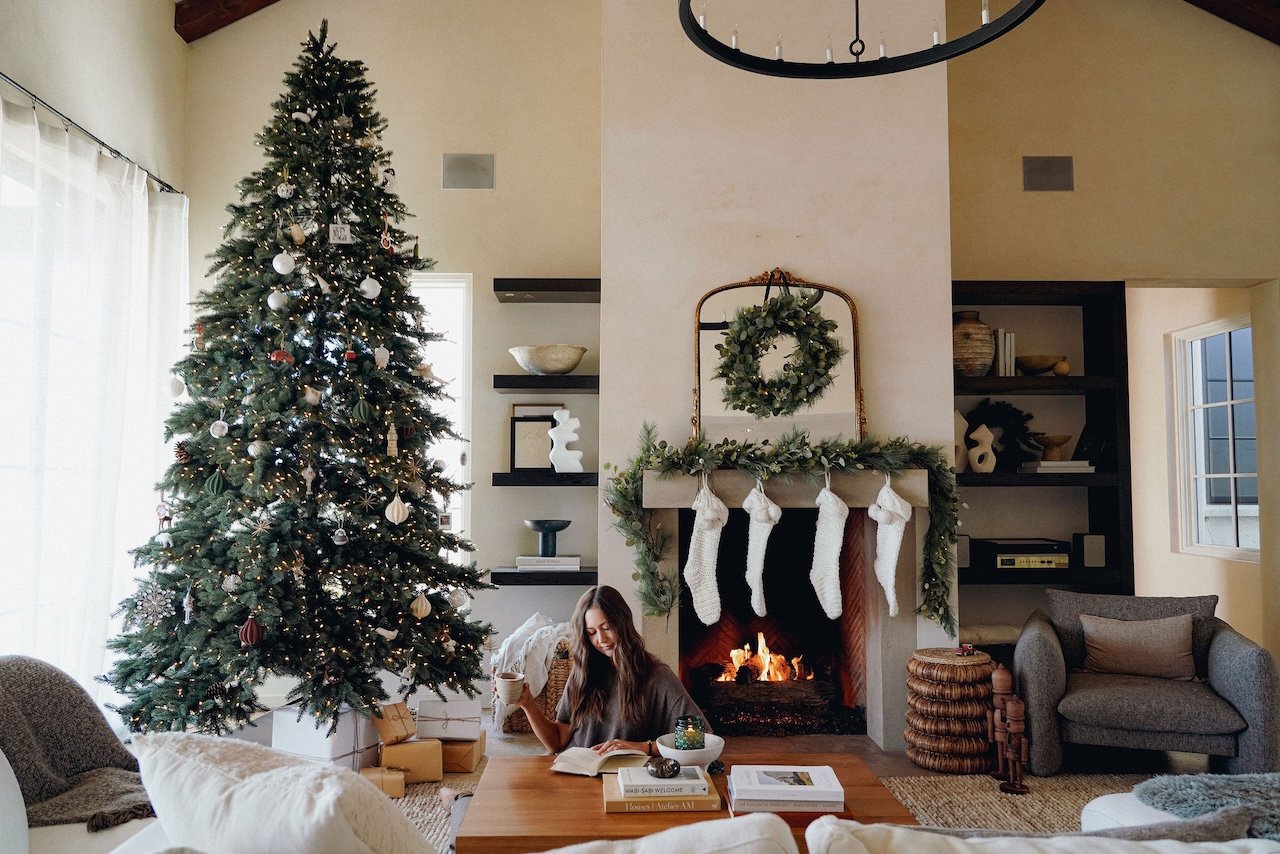






.jpg&h=630&w=1200&q=100&v=ebcc31501f&c=1)
